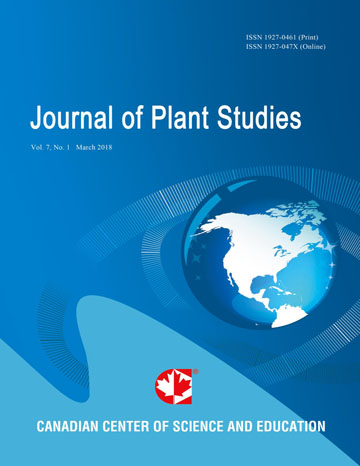Litterfall Dynamics of Agroforestry Systems in Parkland of the North Sudanian Zone, Burkina Faso
- Jonas Koala
- Koichi Takenaka
Abstract
Poor soil fertility is a problem for agriculture in Burkina Faso. Litterfall is an important way for bio-elements to return to the soil. Therefore, the dynamics and quantity of litterfall were studied as part of a collaborative research project that aims to better manage agroforestry parkland.
Five 0.25 m2 litter traps were placed under 5 trees of 3 species (Vitellaria paradoxa, Lannea microcarpa and Parkia biglobosa) that have multiple purposes in agroforestry. Every 2 weeks, litter was collected and sorted into leaves, twigs, fruits and other non-foliar components, which were oven dried and weighed. We calculated total annual litter production by species and fractions. Afterwards, Vitellaria paradoxa, Lannea microcarpa, and Azadirachta indica litterfall and Sorghum crop residues were composted and the chemical qualities of the composts were compared.
Mean total litterfall (±SE) was 689±94, 671±141, and 1435±190 g dw m-2 yr-1 for L. microcarpa, Parkia biglobosa, and V. paradoxa, respectively. Leaf litter component composition varied from 47% to 87% depending on species. The largest littefall input occurred in the dry season, October–April. Litter quantity showed that agroforestry parkland is productive. Litterfall composts had better chemical quality than conventional crop residue compost, but the decomposition rate of V. paradoxa litter was very low (29%).
These results suggest that with proper management, litterfall could contribute significantly to enhancing soil fertility in agroforestry parkland.
- Full Text:
 PDF
PDF
- DOI:10.5539/jps.v13n1p40
Index
- AGRICOLA
- CAB Abstracts
- CABI
- CAS (American Chemical Society)
- CNKI Scholar
- Elektronische Zeitschriftenbibliothek (EZB)
- Excellence in Research for Australia (ERA)
- Google Scholar
- JournalTOCs
- Mendeley
- Open policy finder
- Scilit
- Standard Periodical Directory
- Technische Informationsbibliothek (TIB)
- WorldCat
Contact
- Joan LeeEditorial Assistant
- jps@ccsenet.org
